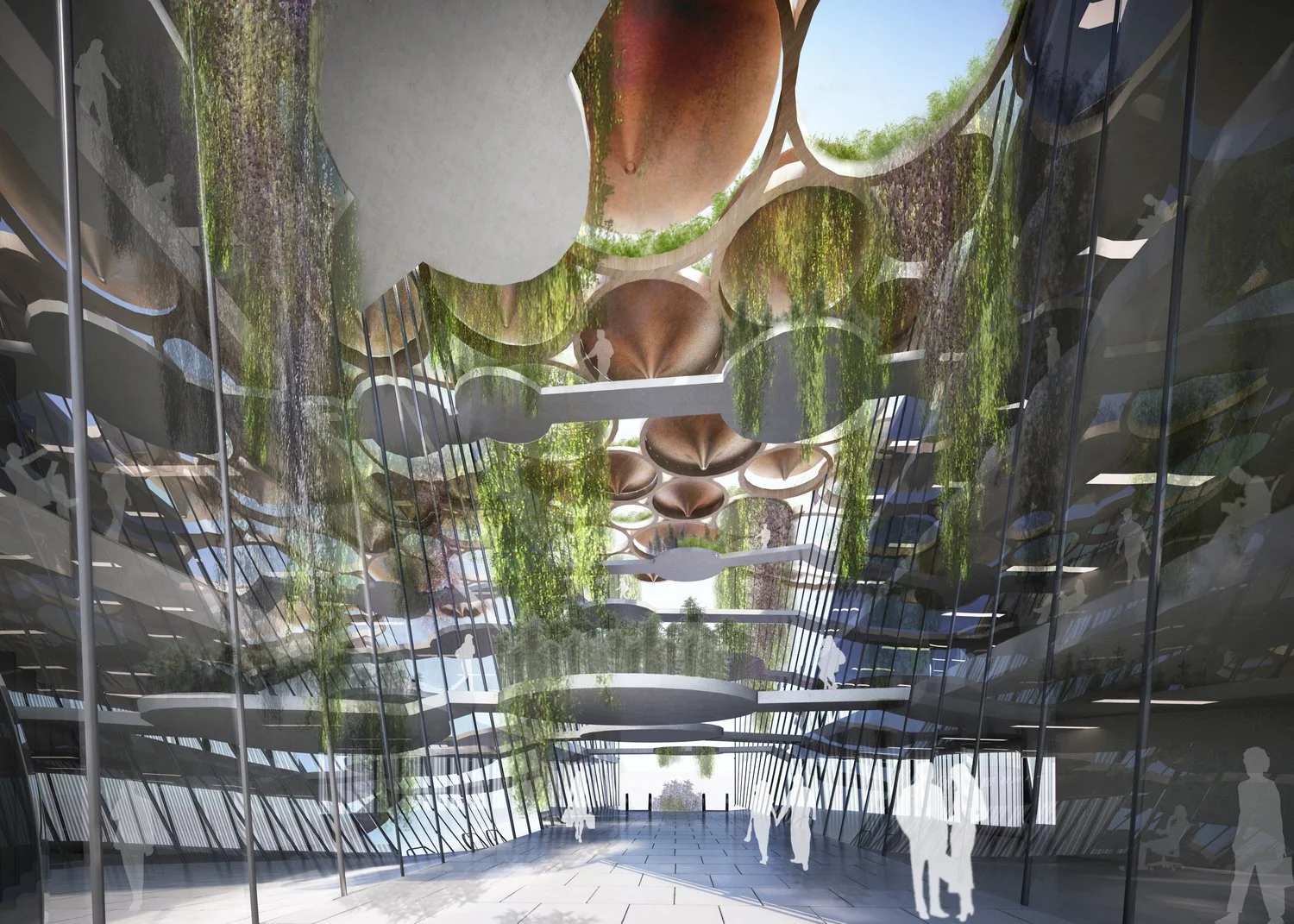Our Research and Development group aims to address the most pressing problems facing the industry by thinking of alternative approaches to the way we build and live. We develop research through interdisciplinary collaboration. We approach the environmental and social challenges as opportunities for innovation and improvement.
Our research lies at the intersection between Nature and Technology, bringing together sustainability and digital innovation in finding new design solutions . We believe It’s not only about building objects and spaces but about designing the logics of the systems to build them . Systems that can adapt and evolve as need arises.
Britain today has a 4.3 million homes that are missing from the national housing market
To rethink the way we live we must rethink the way we build .
The housing sector faces two massive challenges; The first is addressing the affordable housing shortage and the second are the ambitious zero carbon goals set by the government to combat climate change.
A conservative construction industry is proving slow to adapt to face these goals and a new model for design is needed to rethink the relationship between the home and its end user. We need to rethink what is standardised and what is customised. To treat design less as a formal creation of a static object and more as agile product with distinct parts able to reconfigure and adapt to accommodate changing needs. A Design process is therefore required that moves from static representation of a formal idea to a design of a system that can be organized and controlled using digital tools.
We use modular offsite construction combined with algorithmic tools to find new ways to maximise potential customization of repeatable standardised parts.
Kajima - Adelaide Rd.
From the power of computation, a simple base parts can be repeated and articulated in such a way that can create a richness in forms and possibilities.
Modular Components can be disassembled, reconfigured, and reused- in a LEGO like approach. This process reduces carbon footprint for building modules where parts can potentially be reused.
40% of global CO2 emissions are attributed to the built environment
Our pursuit of new ways to reduce carbon and change behaviours gained us the coveted title of Architectural Practice of the Year in 2012. This unprecedented achievement led us to establish our Research and Development group whose role is to investigate new ways of seeing and thinking about the challenges we face in the industry.
Linking to offsite fabrication methods and using a kit of parts approach to modularity, we aim to use technology available in digital design tools to create environments that harness the power of the virtual world to create innovative modes of communication and collaboration. This process engages with many different stakeholders to input in finding a new relationship between customisation and standardisation
A recent study found that using offsite construction could cut carbon emissions by as much as 45% compared with traditional building methods.
Our collaboration with universities is a dynamic exchange of ideas, where the academic rigor meets the practical challenges of real-world architectural projects. By engaging with academics and students, we foster an environment that encourages exploration, experimentation, and the integration of cutting-edge research into our design processes.
Light Absorbing Algae
Sustainability is integral to our architectural approach, and partnering with universities enables us to explore eco-friendly design solutions. We harness the expertise of researchers and students to delve into materials, construction techniques, and energy-efficient systems aligned with our commitment to environmentally responsible structures.
Algae Facade - Brunel University











